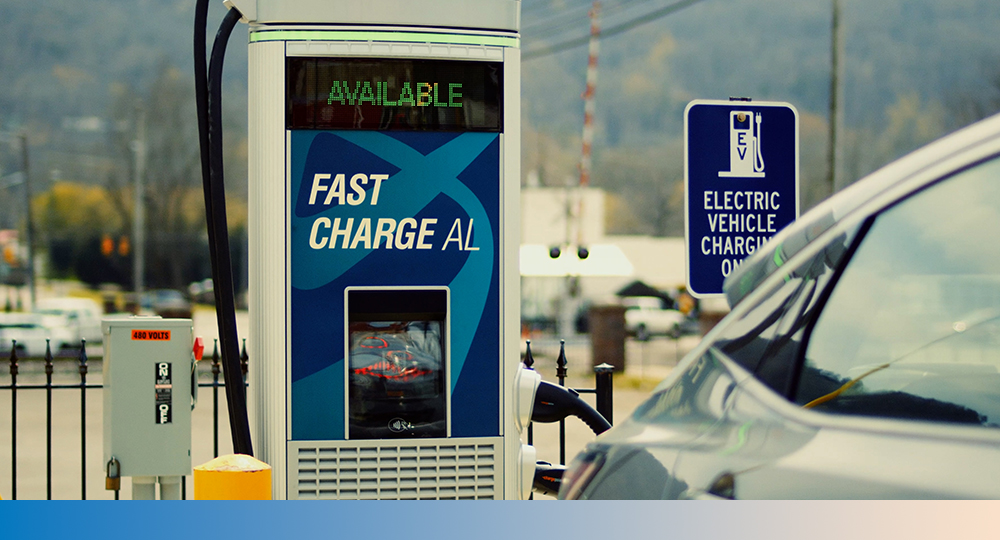Beginning your electric vehicle journey: EV owners share their EV tips

EV tips you need to know before buying an electric vehicle
Just as you would before buying any vehicle, you should probably do a little homework – and some soul-searching – before buying a car fueled by electricity. We asked our EV-driving friends and colleagues for real-life tips and tricks for getting the most out of owning an electric car.
Here’s what they had to say.
Figure out how far you drive each week before buying an EV.
Electric Vehicle Database lists nearly 30+ EV models offering a range of 300 miles or more and the U.S. Department of Transportation Federal Highway Administration reports that the average driver travels about 35 miles each day. That means many EVs can handle an average weekly commute on a single charge.
So how much range do you really need? Track your driving, you probably don’t drive as much as you think you do.
Even so, you’ll want to make sure that your EV can handle your daily commute and weekend activities. For extra peace of mind, several of the EV owners we talked to recommended overestimating your range requirements by 20%. This gives you peace of mind and the flexibility to handle extreme weather conditions and usual driving events.

Understand your charging options.
There are more and more public chargers, solar chargers and DC fast charging options out there, but the cheapest and most convenient way to charge up is to plug in at home.
If you don’t have a garage or carport, look for a weatherproof home EV charger. You can compare EV chargers and NEMA enclosure ratings on the EnergyRight Marketplace.
Need a deeper dive into home EV charging? Check out this recent charger review from ZDNET, an independent business technology news and product review website.
For those who live in apartment complexes without chargers, look for charging options near your office or ask your property manager to consider installing chargers for residents to share.
Regardless of how or where you charge, all folks we talked to agreed that making a plan for charging your EV before you drive it home is a smart move. Many of them also noted that they charge up later in the week to make sure they’re ready to roll all weekend long.
Spring for a professional charger installation.
Although you can charge an EV using a standard 120-volt grounded wall socket, most EV owners recommended having a Level 2, 240-volt charger professionally installed.

The EV owner community agrees that EV charger installation isn’t where you want to cut corners. If you’re going to invest in an EV, find a trusted, licensed electrician who can safely install a 240-volt Level 2 charger on your property. As with any electrical work, improper installation can have disastrous results. Leave EV charger installation to the pros!
Check out InsideEVs’ video about how to safely charge your EV here.
You’ll need to plan for longer road trips.
Until fast chargers are as ubiquitous as gas stations, longer road trips will require some extra planning.
For on-the-go charger information, consider using mobile apps that help you find charging stations along the way. A lot of drivers recommend A Better Routeplanner and you can even use Google Maps, but you won’t get as much real-time information as you will from specialized EV charging apps.
Our EV drivers use apps like ChargePoint, Chargeway, EVgo and PlugShare. You can find them here:
- Apple’s App Store: ChargePoint, Chargeway, EVgo and PlugShare.
- Google Play: ChargePoint, Chargeway, EVgo and PlugShare.
Calculate your electric fuel costs before you buy an EV.
Some EV owners were surprised by how much they saved by going electric. Others were surprised they weren’t saving more on fuel costs, but they all loved the environmental savings that going electric offers.

Use this formula to estimate out how much fueling up with electricity will cost you:

* Find miles per kWh for common EV makes and models here.
**Example Nashville Electric Service NES residential electricity rate as of 3/14/23.
Be honest with yourself about what you need from an EV.
We found out that EV owners were a little bit like Goldilocks when it came to their EVs.
Some wished they’d bought a larger car (they went with a smaller model to maximize efficiency). Others discovered that the extra room in the frunk (you know, that place where the engine is “supposed” to be) was more than enough for their junk.
A majority of our drivers simply bought the car that best suited their needs. For one performance-driven driver, it was a used Tesla Model S with Ludicrous Plus Mode. For another environmentally-conscious family of five, it was a brand-new Chrysler Pacifica plug-in hybrid minivan. Others may find their happy spot behind the wheel of a Toyota Prius or the Hummer EV SUV.
Take the next step of your EV journey with us.
One of the many reasons we started the Driving EVolution blog is to help first-time EV buyers feel confident in their car-buying decisions. We hope you’re finding the information you’re looking for. Be sure to check out our previous posts, “Types of EVs and the EV alphabet: What’s a BEV, PHEV and HEV?” and “Do you know the answers to these 10 common questions about electric vehicles?”
This site’s content (including, without limitation, references and links to third-party information) is based on information provided at the time of publishing, and TVA makes no warranty therein.







